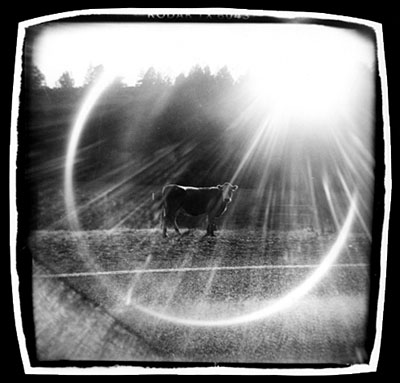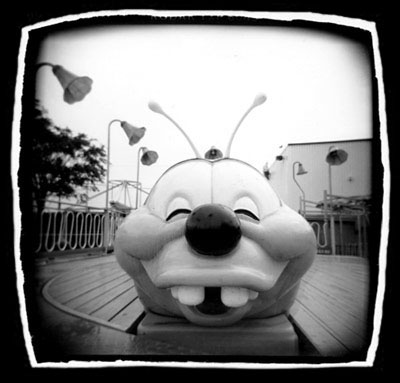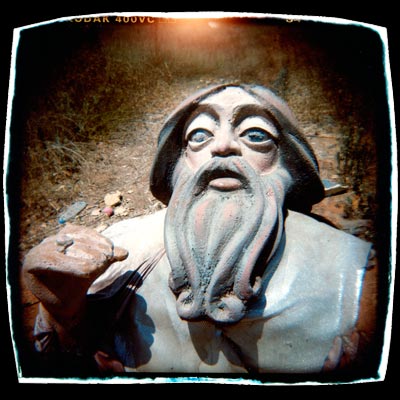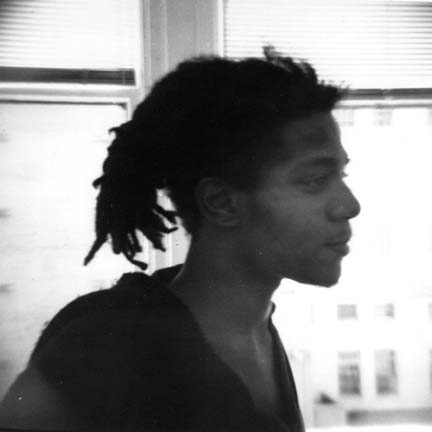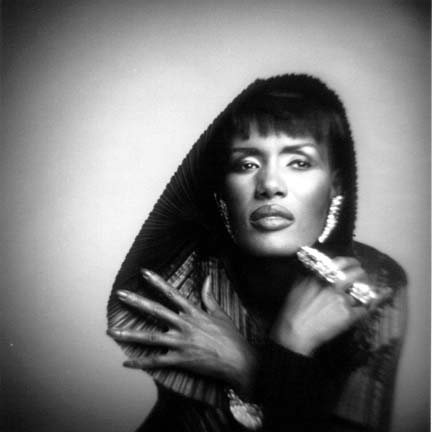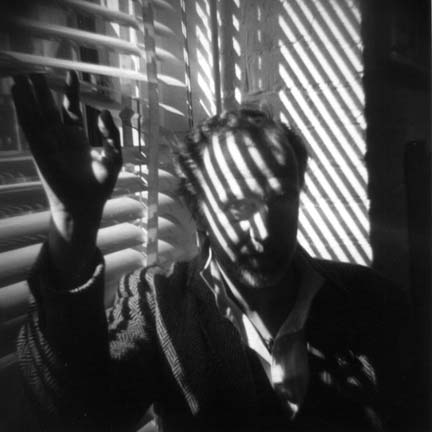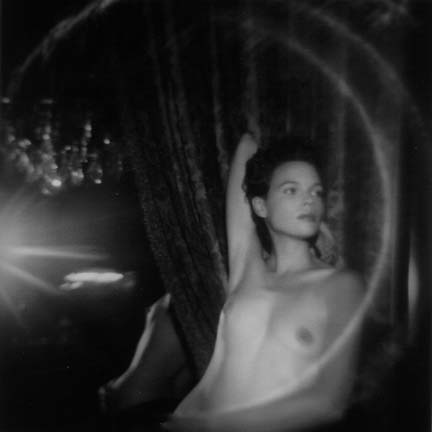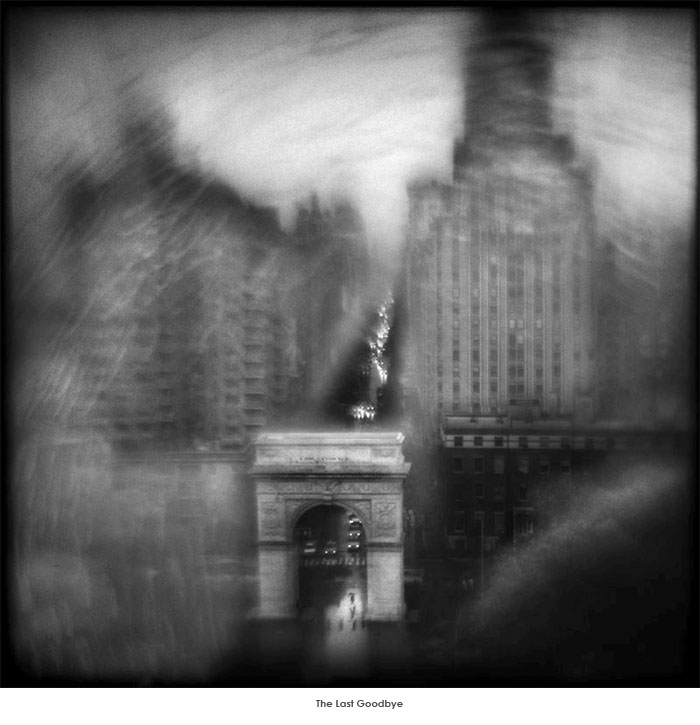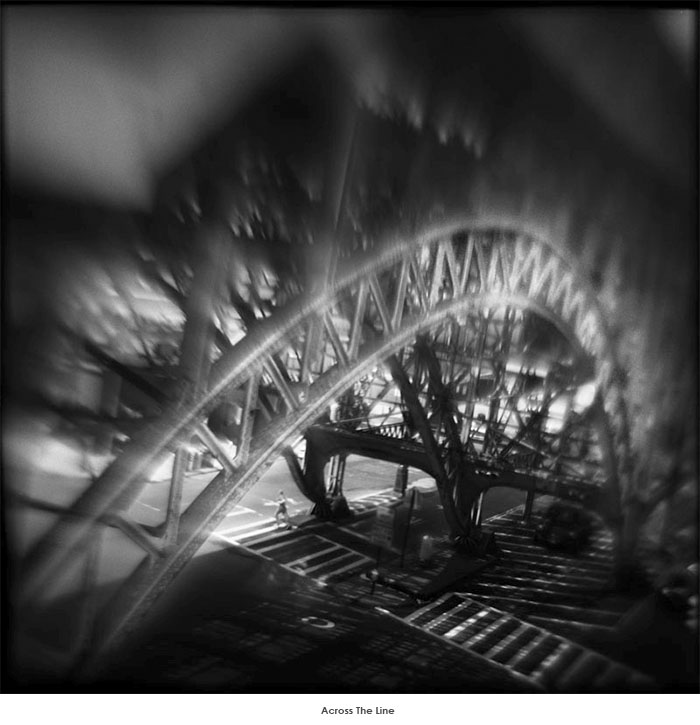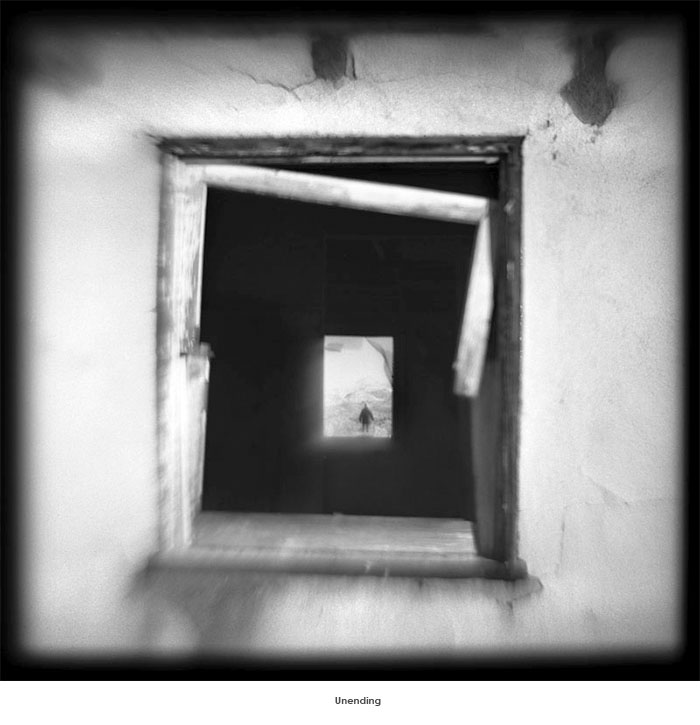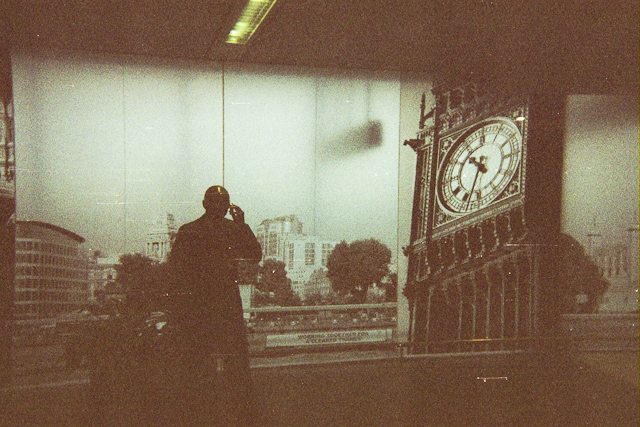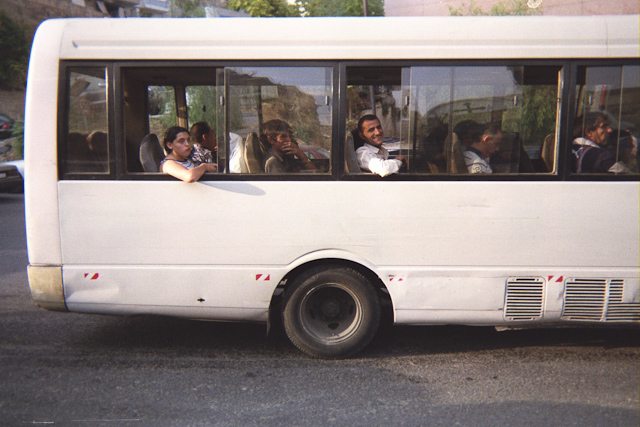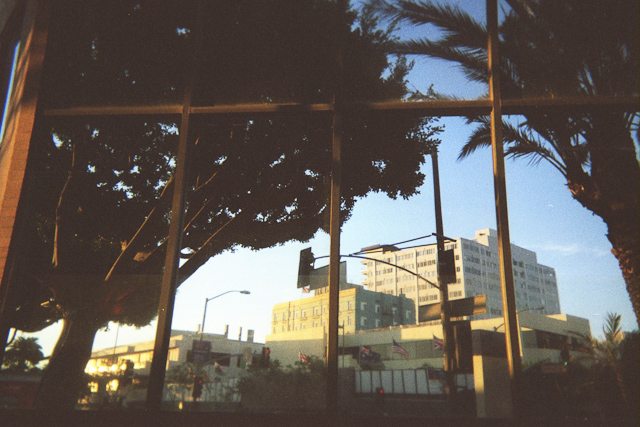BA
(Hons) Photographic Arts
Module: 2PHO558 Perspectives in
Photography
Project
proposal + guidelines
Name: Lorna Patrick
e-mail: lorna.patrick@my.westminster.ac.uk
Project title (or working title)
‘Selfies’
Introduction (What is the project about? Briefly
describe the project that you have in mind, considering the proposed audience
and the context in which the work would be seen.)
I am interested in how people take
pictures of themselves, the poses that they pull when it is just them and the
camera. It is this relationship that I am interested in. Things change when
someone is there taking the picture but when they take the picture themselves
they are in total control. They can delete the pictures and take a number to
choose their favourite from. It is also generally the same age range of people
that take these pictures. I want to break each of these conventions and give a
group of people from different age ranges, one image to take a ‘selfie’ from.
I’m hoping to get much younger and older people involved as it will be
interesting to see what comes out.
I can imagine this sort of piece in a
gallery space. I think it would work effectively if there was a large group of
images as the effect would be much stronger as there would be more people to
see and more people to compare with. I can imagine the project could become
quite comical and actually there are so many ways of going about this and after
this slightly more general branch of this project it could definitely be
interesting to branch it out further and select specific locations to give the
cameras to and see how different locations can differ.
Aims (What are you hoping to achieve? What
outcome can be expected?)
I can’t say exactly what will happen as
in some ways it is a sort of experiment. An experiment to see who will help out
with the project and to see what they will do. Facial expressions will be
different and some people may get confused and take pictures of different
things. They may also decide to take a picture of something completely different.
There is also obviously the possibility of not getting all of the cameras back
if giving to unreliable sources that I don’t know. I can’t predict the exact
outcome as the project isn’t solely in my hands, but I think in this case that
is what makes it so interesting. It’s the unknown. Such a simple idea could
become so much more than that. I really like that no matter how many times you
would do this project the outcome would always be different as different people
will always interpret it differently.
I hope to get a decent amount of people
to take a picture to allow for that comparison as I do think that it is needed.
Methods (What techniques - visual and
conceptual - will you utilise to achieve the aims of your project?)
I will be using disposable cameras to
take the images. I thought that this would work effectivlely as I can use more
than one camera at a time without it being too complicated. I also thought it
would be easier for the subject to use as everyone has used one before – even the
older ones, even if the concept of a
‘selfie’ is confusing to them they will at least be slightly more understanding
with the camera. Its relatable and I really like the effect that disposable
camera gives.
Schedule (What plans do you have to successfully
complete the project on time? An action plan will help you to create your own
deadlines throughout the semester, and enable you to monitor your progress
through the project.)
I have just received the cameras in the
post and have started dispensing some of the cameras out in my hometown,
Andover. I am going to create an email address and post flyers through some
doors local to me in hope that some people will contact me willing to help with
the project. I will do this more locally to me at the minute so that it is much
easier for me to collect the cameras.
Research (What sources – visual, textual, other
- have inspired your project, and how will you embrace these in the
production.)
I have been looking into others who
have worked with lomography cameras but more so disposable cameras on similar
projects including:
- The
Disposable Memory Project – An on-going project where disposable cameras
are left around the world and when they are returned with the images on
you can see where they have been. Again it’s the idea of the unknown but
mine is a lot more selective. I have a choice with who gets the camera in
some ways but with this project they wouldn’t.
- Dispose
– Cameras are given to people around the world but in a more selective
way. They are told to document one day of their life in 27 exposures. They
must shoot a minimum of 1 photo per hour including one self-portrait.
- Tepsic
Magazine – This is a music magazine showing what the life of singers,
rappers etc are like. The magazine is solely images. These musicians are
given a disposable camera and what they take is completely down to them.
- Rolls
Tohoku – This is a document of an area hit by an earthquake. A
photographer took out disposable cameras and gave it to the people to take
the photos with. A moving piece.
Each of these ideas are so interesting
and show completely different ways of going about putting others in the
position of the photographer. More information on each of these along with
other examples can be found on my research blog. I think it will be interesting
to compare my final images with what they have found, to see whether the
outcome will be similar.















